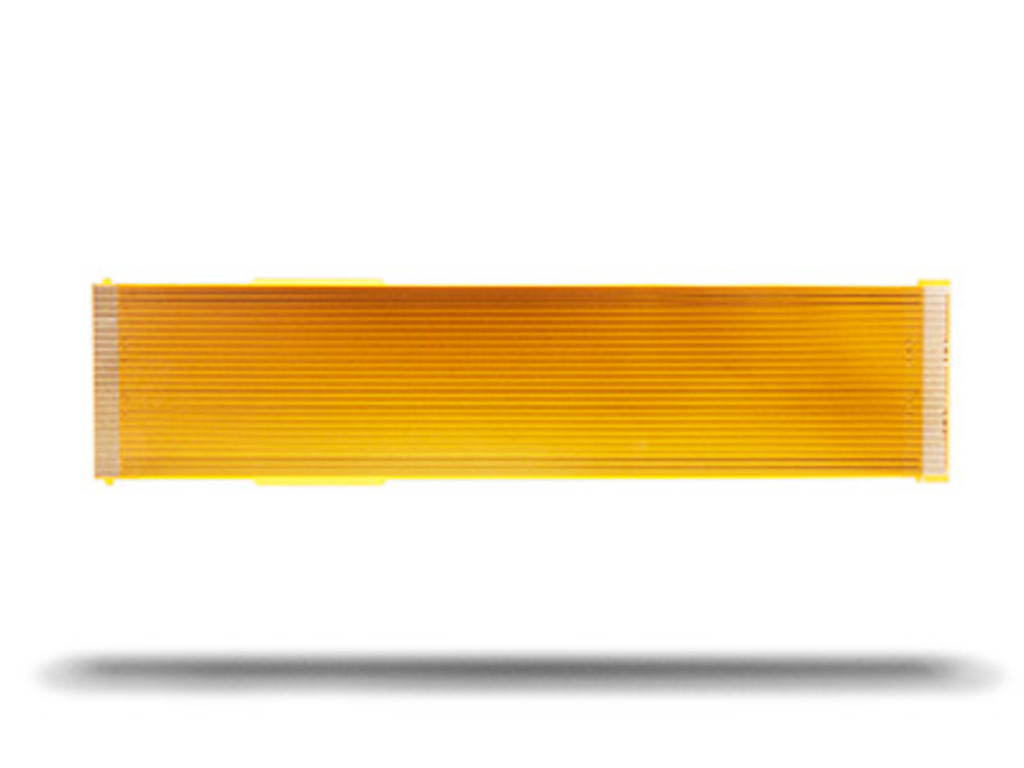

|
Brian Sims
Editor |
Flexible PCBs (Flex)
13 April 2022
The demand for flexible PCBs is increasing in all business segments with especially strong demands from medical, defense and industrial markets. Since the volumes normally are quite small for these segments, NCAB works with a number of HMLV (high-mix, low-volume) factories that fit the technology and volume requirement.

What are the available structures for flex PCBs?
There are numerous, different structures available. The more common ones are defined below:
Single sided flex (IPC-6013 type 1) Coverlay (polyimide + adhesive) bonded onto an adhesiveless single sided FPC core. With or without stiffeners.
Double sided flex (IPC-6013 type 2) Coverlay bonded onto both sided of an adhesiveless double-sided FPC core (two conductive layers) with plated through holes. With or without stiffeners.
Multilayer flex (IPC-6013 type 3) Coverlay bonded on both sides of an adhesiveless construction containing three or more conductive layers with plated through holes. With or without stiffener. Capability is 4L.
Please contact your local NCAB Group company if you need further information or assistance, we are always happy to help you.
| Feature | NCAB´s technical specification |
| Number of layers | 1 – 6L |
| Technology highlights | Mainly polyimide materials, flex PCB’s are necessary when motion of the PCB is needed, when 3-D interconnections are necessary (i.e. replacing cables and connectors) or when these are both combined due to limited available space. |
| Materials | Polyimide, Polyester |
| Profile method | Laser cutting, punching, rout |
| Copper weights (finished) | 18μm – 70μm |
| Minimum track and gap | 0.075mm / 0.075mm |
| PCB thickness | 0.05mm – 0.80mm |
| Maxmimum dimensions | 450mm x 610mm |
| Surface finishes available | OSP, ENIG, Immersion tin, Electrolytic gold, Gold fingers |
| Minimum mechanical drill | 0.15mm |
- No related articles listed











